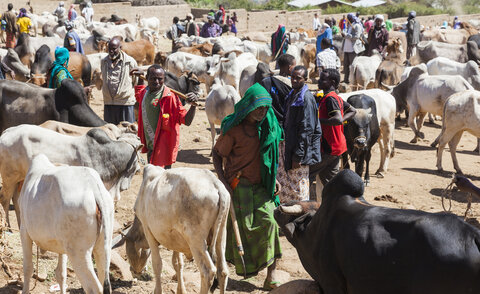What is needed for tsetse control to be sustainable?

If tsetse control has to continue over such long timescales, it needs to be socially and economically sustainable. While there is a case for tsetse control to be subsidised in the short term (for more information click here), in the medium term a programme will only be sustainable if livestock-owners can pay the market cost of insecticides and in most cases some form of payment for those applying insecticides. It would be preferable if livestock-owners could also pay the costs of administering the programme and organising procurement of insecticides and their delivery to district level, but in many cases local government, a local development programme or an NGO can absorb these costs.
Sustainability depends on:
Consulting livestock-owners over participation in project design: the technical requirements of effective tsetse control place limits over how participatory project design can be, but livestock owners must be consulted over the overall design of programmes, over the area on which they wish to control tsetse, and on the siting of targets.
Medium-term profitability: the costs of control should be smaller than the costs of living with trypanosomiasis.
Effective collective action: there need to be institutions to ensure that all or nearly all livestock-owners treat their cattle at or very near the recommended rates, and/or that targets are protected, maintained and recharged. In practice, and especially in communities that are relatively homogeneous, ethnically and economically, it may be relatively easy to use traditional institutions, strengthening or adapting them if necessary, or establish new institutions. The problem of "free-riders" can be exaggerated.
These issues are explored more fully here.